
AeroGenie: il tuo copilota intelligente.
Tendenze
Categories
China Develops Mach 4 ‘ACE’ Turbojet Engine with Record Performance

China Develops Mach 4 ‘ACE’ Turbojet Engine with Record Performance
Breakthrough in Adaptive Cycle Engine Technology
China has announced a significant advancement in jet engine technology with the unveiling of a prototype adaptive cycle engine (ACE) capable of achieving speeds up to Mach 4. This new engine demonstrates remarkable improvements in thrust, fuel efficiency, and operational range, marking a milestone in aerospace propulsion. The development was presented at the Chinese Society of Engineering Thermophysics annual conference in Beijing by Xu Gang, deputy director of the Institute of Engineering Thermophysics at the Chinese Academy of Sciences, who shared the results of recent ground and altitude testing.
The ACE engine incorporates innovative “bypass combustion and inter-stage mixing variable-mode engine” technology, which represents a substantial evolution beyond conventional turbine designs. This approach effectively mitigates the significant thrust loss that traditional engines experience at high altitudes and supersonic speeds, enabling sustained high-speed cruise capabilities. Furthermore, the engine is engineered to function as the high-speed turbine component within combined-cycle propulsion systems, addressing the persistent “thrust trap” issue that has historically constrained such systems’ performance.
Distinctive Design and Strategic Implications
China’s ACE engine distinguishes itself from its American counterparts through a unique three-stream architecture, diverging from the dual-bypass designs favored by U.S. manufacturers. This novel configuration enhances the engine’s versatility and efficiency, positioning China as a serious competitor in the development of next-generation fighter aircraft and future supersonic commercial transports.
The announcement comes amid a complex geopolitical and economic backdrop. Ongoing trade tensions between the United States and China have already affected China’s broader aviation sector, notably causing delays in the delivery of the domestically produced C919 jetliner, which competes directly with Boeing’s 737 and Airbus’s A320. These setbacks have contributed to market uncertainty, despite robust financial performances from leading technology firms such as Palantir.
Meanwhile, the global aerospace market is witnessing intensified competition. Airbus has increased production of its A320 single-aisle jets in China, while India’s Hindustan Aeronautics Limited has entered a partnership with Russia to manufacture SJ-100 aircraft, introducing new challenges for established players like Boeing and Airbus.
China’s progress with the ACE turbojet engine represents a pivotal advancement in propulsion technology. Should the engine be successfully integrated into future aircraft, it has the potential to alter the competitive dynamics of both military and commercial aviation, further intensifying the global race for aerospace dominance.

Boeing Sees Order Growth and Delivery Recovery Amid Ongoing Challenges
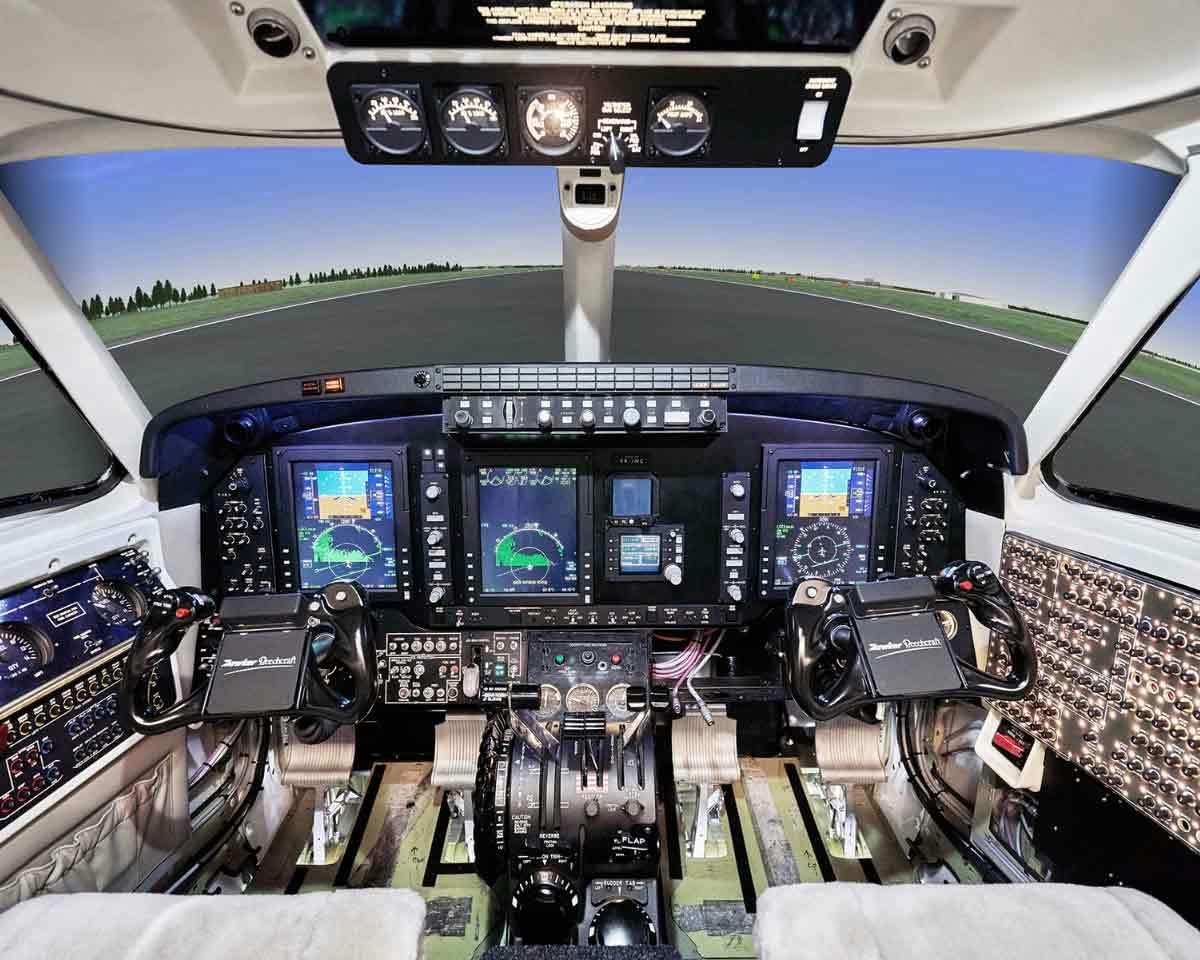
AXIS Introduces Automated AI Pilot Debriefing
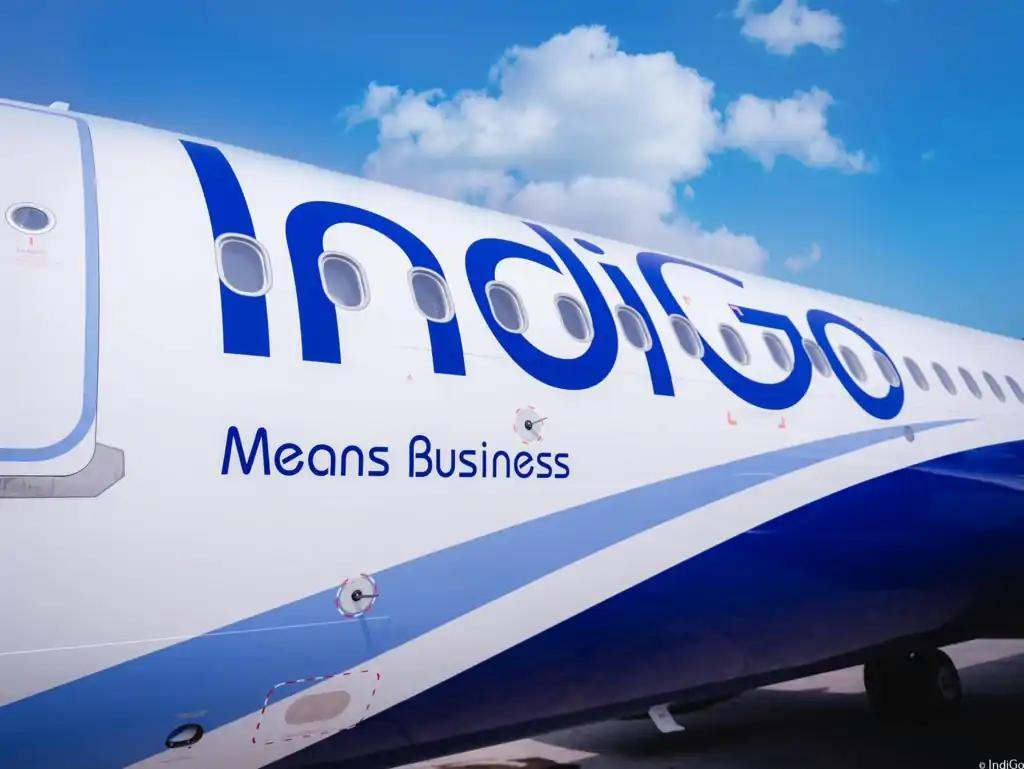
IndiGo's Aircraft Leasing Strategy: Navigating Regulatory Waters

Virgin Introduces AI Concierge Service
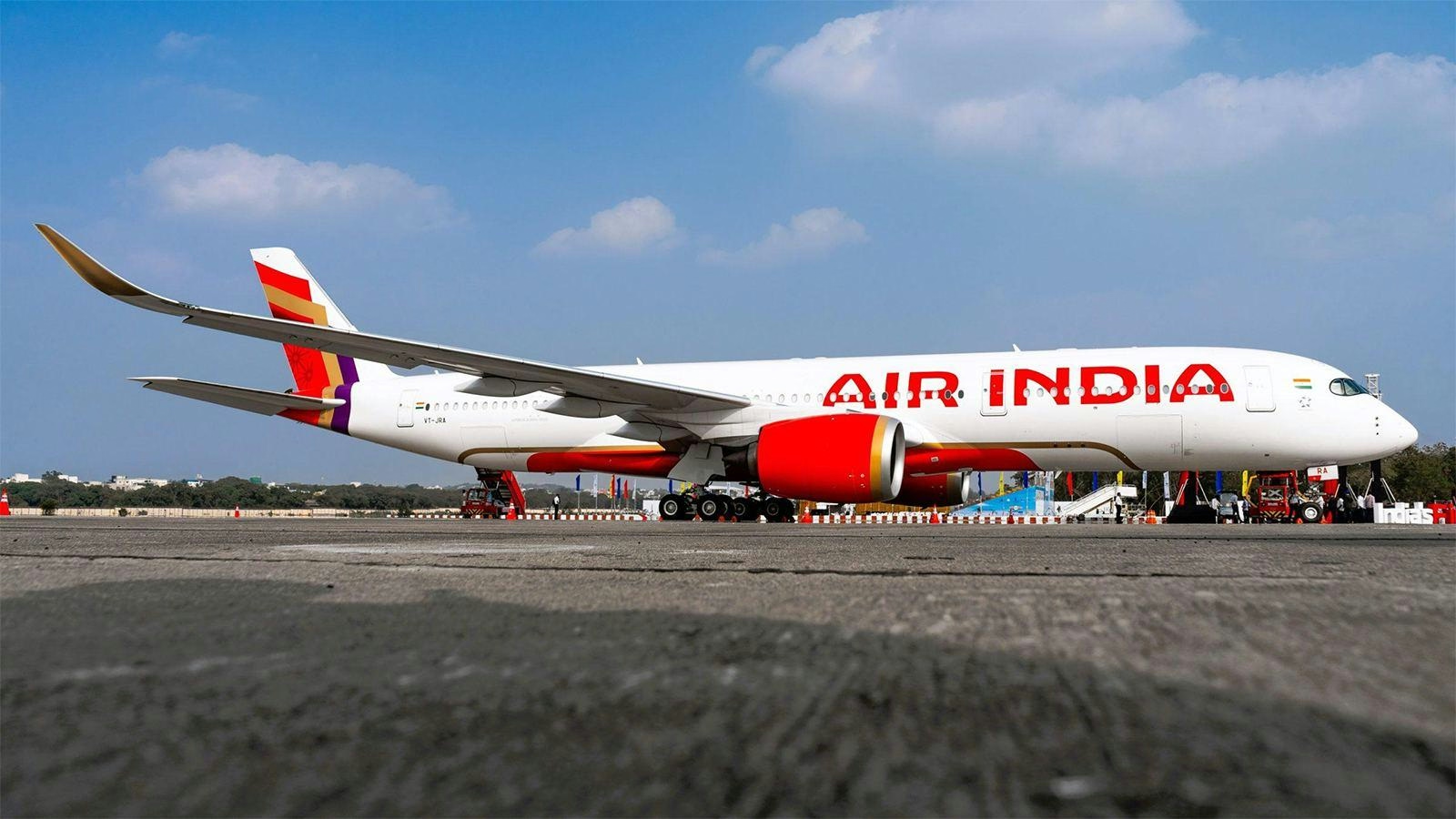
AI Flight to Mumbai Returns to Delhi After Engine Failure
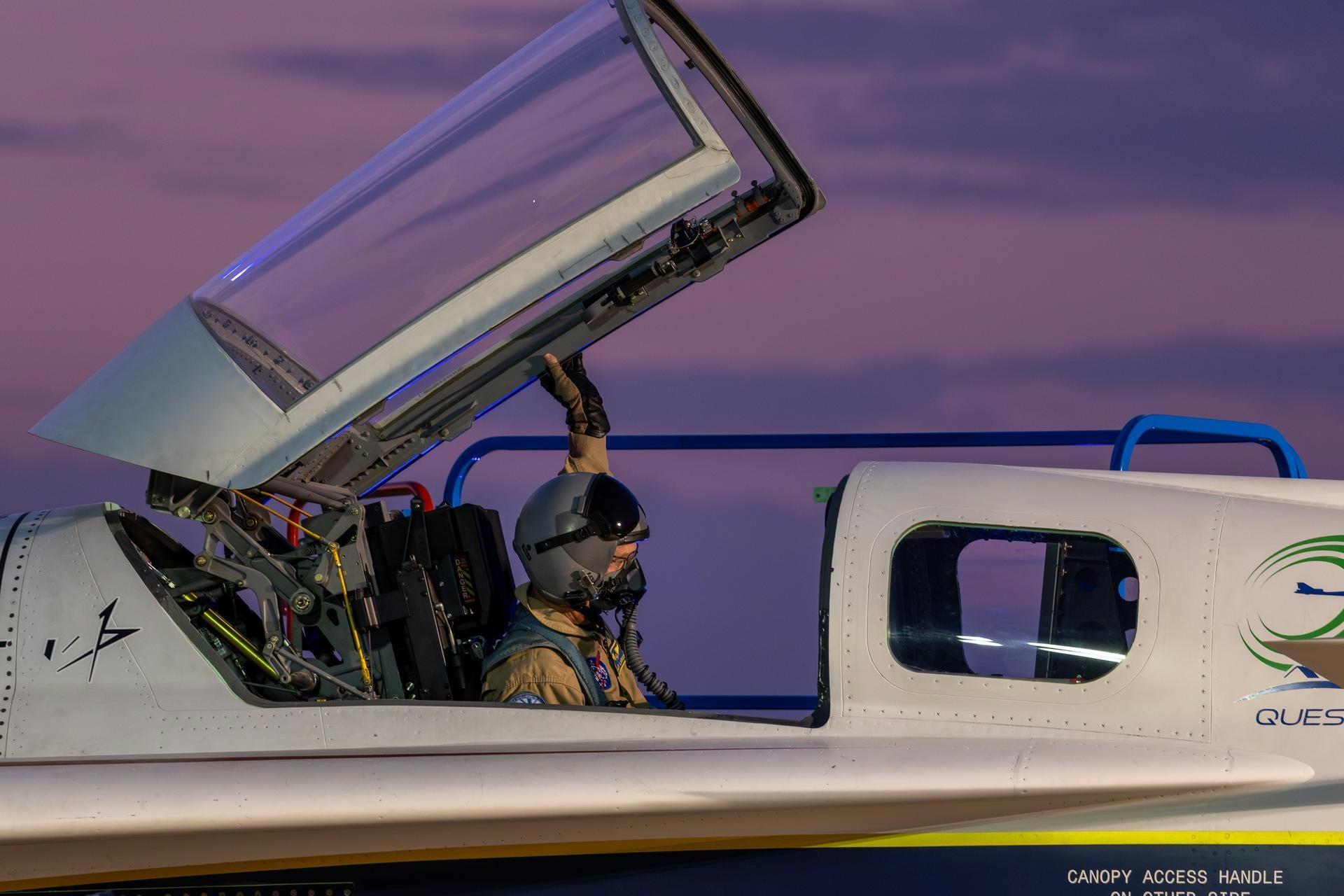
NASA Armstrong Advances Flight Research for 2025
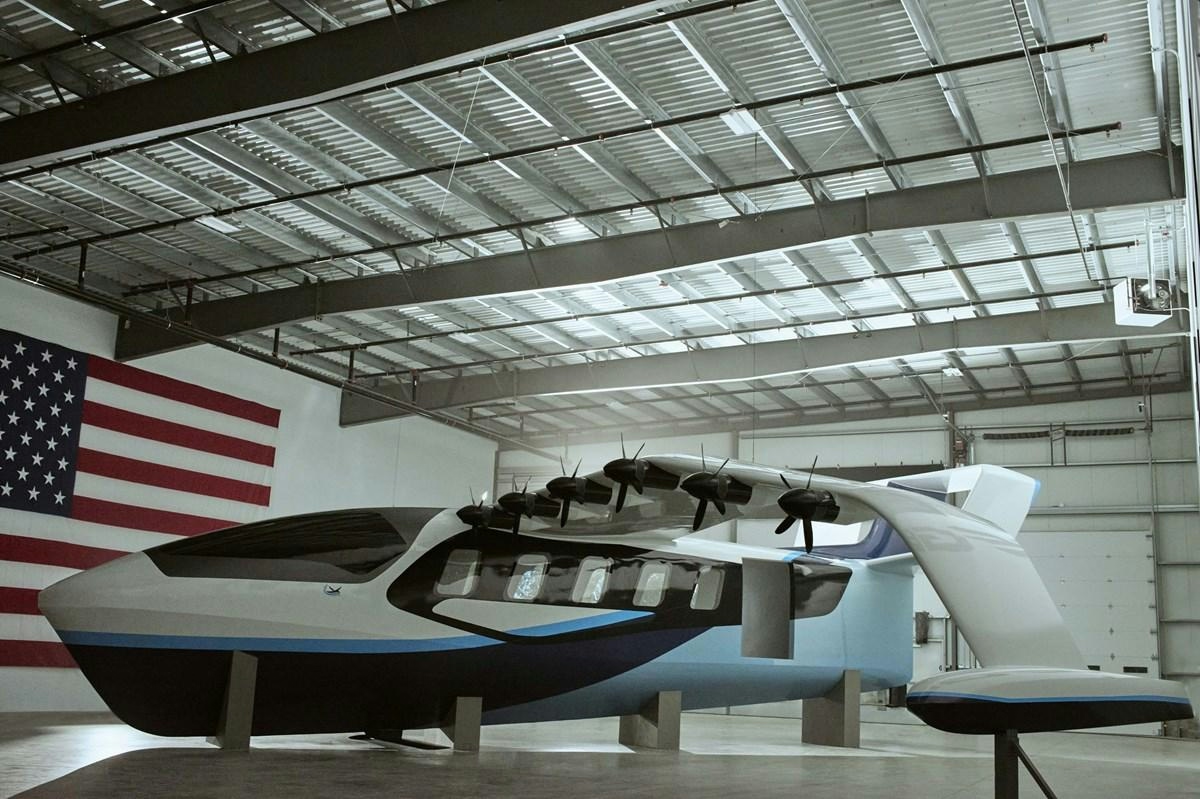
Regent Reports Significant Progress in Technology, Business, and Manufacturing
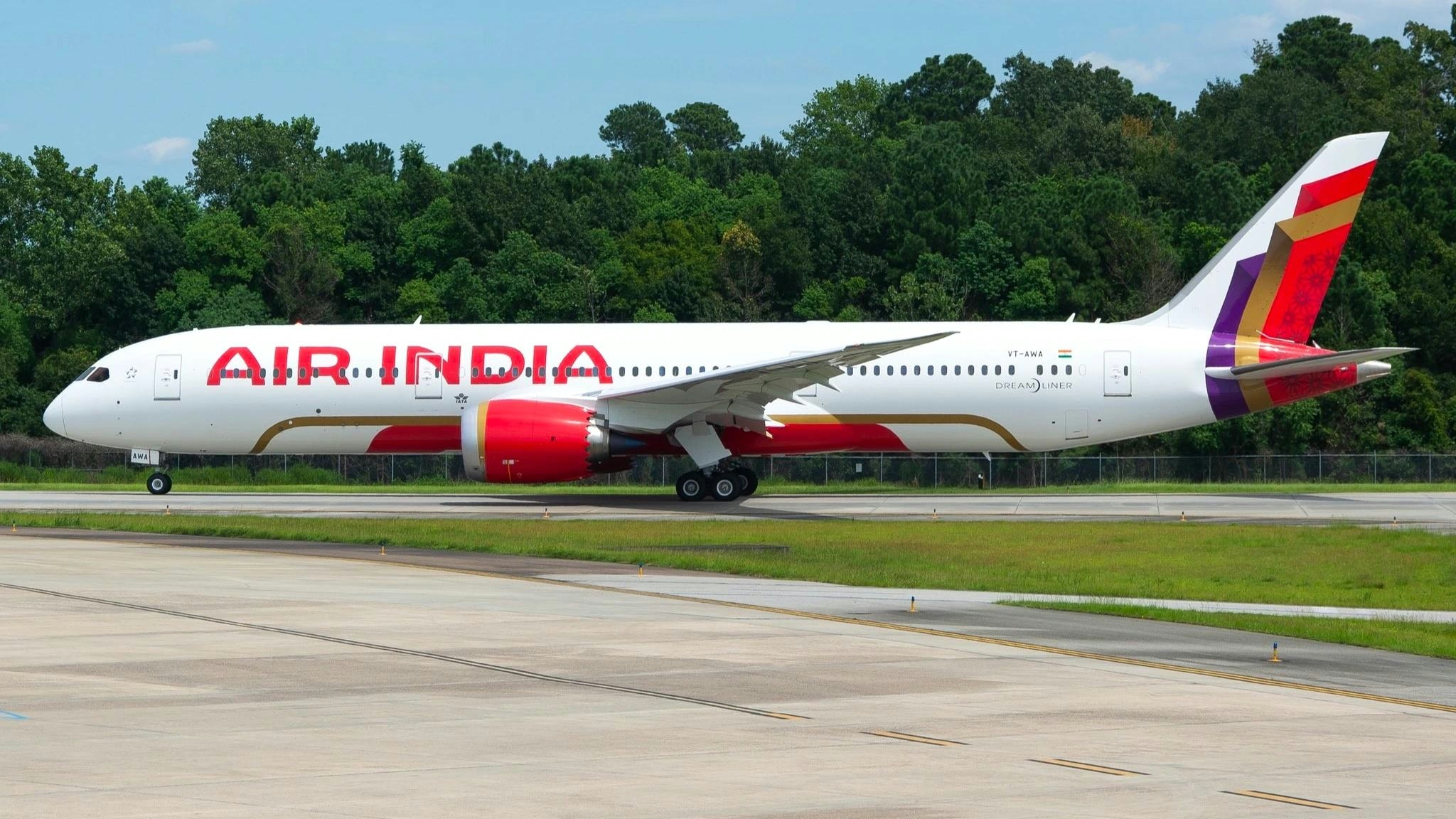
Air India to Receive First Boeing 787-9 Dreamliner in Early 2026
